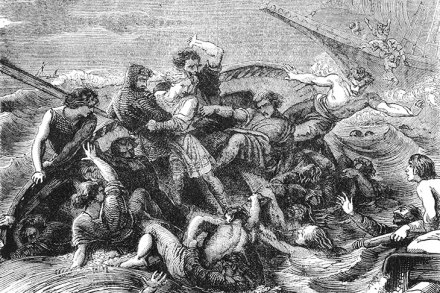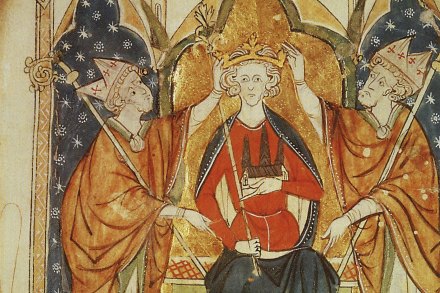How the wreck of the White Ship plunged England into chaos
Never was a monarch so undone by water as Henry I. A fruit of the sea killed him in 1135: he ate too many lampreys, a jawless, parasitic fish that sucks its prey to death. But the tragedy of his reign occurred 15 years earlier. At the most ill-fated party of the Middle Ages, his heir — the 17-year-old William Ætheling (Anglo-Saxon prince) — drowned when the White Ship sank, taking nearly 300 of his friends and relatives with him. The ramifications of his death were seismic, leading to a succession crisis that saw thousands die in a bitter civil war. The author of the Anglo-Saxon Chronicle famously described this



